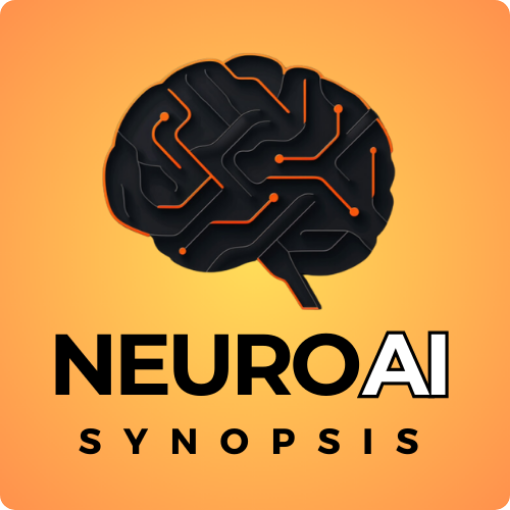AI-Driven Brain-Computer Interfaces: Revolutionizing Communication and Mobility
Explore how AI is revolutionizing Brain-Computer Interfaces (BCIs) by enhancing communication and mobility. Learn about innovative developments, real-world applications, and the future of AI-driven BCIs.
The integration of Artificial Intelligence (AI) with Brain-Computer Interfaces (BCIs) has opened new frontiers in communication and mobility, transforming the lives of individuals with disabilities and beyond. AI enhances the functionality of BCIs, making them more responsive, accurate, and versatile. This post delves into the advancements in AI-driven BCIs, exploring innovative developments, real-world applications, and future research directions. By examining the transformative impact of AI on BCIs, we highlight the potential benefits and ethical considerations, emphasizing the need for responsible and inclusive development in this rapidly evolving field.
Artificial Intelligence (AI) is driving groundbreaking advancements in Brain-Computer Interfaces (BCIs), revolutionizing communication and mobility for individuals with disabilities and enhancing human-machine interaction. This post explores the transformative impact of AI-driven BCIs, highlighting innovative developments, real-world applications, and future research directions.
BCIs enable direct communication between the brain and external devices, bypassing traditional neural pathways. Initially developed for medical applications, BCIs have evolved to include various fields, such as gaming, smart home technology, and education. The integration of AI has significantly improved BCIs' functionality, making them more responsive, accurate, and versatile.
Early BCIs relied on electrophysiological signals, such as electroencephalography (EEG), to interpret neural activity. These systems faced limitations in speed, accuracy, and task complexity. AI, particularly machine learning and deep learning algorithms, revolutionized BCIs by enabling the analysis of vast amounts of neural data and improving signal processing capabilities. AI algorithms filter noise, extract meaningful patterns, and predict user intentions with high accuracy, enhancing BCIs' reliability and efficiency.
Key developments in AI-driven BCIs include advanced machine learning models that analyze neural data to identify patterns and accurately predict user intentions. Improved hardware and sensor technology capture high-quality neural signals, and advancements in computing power facilitate robust AI models. In medical applications, AI-driven BCIs aid neurorehabilitation, helping stroke patients regain motor functions and treating neurological disorders like epilepsy. Non-medical applications include controlling gaming elements, smart home devices, and educational tools, providing independence and personalized learning experiences.
Real-world applications of AI-driven BCIs demonstrate their transformative potential. The BrainGate system enables individuals with speech impairments to communicate effectively by interpreting neural signals associated with speech, allowing users to type on a screen through thought. AI-powered BCIs control wheelchairs and robotic limbs, offering mobility to individuals with severe motor disabilities. In education, BCIs monitor students' brain activity, adapting educational content to match cognitive states and optimizing learning outcomes.
Despite these advancements, several challenges and limitations must be addressed. Ethical concerns related to privacy and consent arise from interpreting and potentially manipulating brain activity. Ensuring informed consent and protecting users' privacy are critical. Developing accurate AI algorithms to interpret complex neural signals is challenging due to neural data's variability and noise. Ensuring BCIs' reliability and safety requires rigorous testing. Additionally, BCIs' high cost and specialized equipment limit widespread adoption. Developing affordable solutions and improving user-friendliness are essential for broader accessibility.
Future research in AI-driven BCIs focuses on advancing AI algorithms to enhance neural signal interpretation, improving BCIs' accuracy and efficiency. Efforts to expand accessibility include creating portable, noninvasive BCIs and reducing costs to make technology accessible to a broader audience. Addressing ethical issues through guidelines for responsible BCI use is crucial, with engagement from stakeholders to build trust.
AI-driven BCIs are at the forefront of technological innovation, transforming communication and mobility. By enhancing BCIs' functionality and expanding their applications, AI offers immense potential to improve quality of life. Future research should focus on advancing AI algorithms, expanding accessibility, and addressing ethical issues to unlock BCIs' full potential responsibly and ethically.
Please log in to read the full post and explore these exciting developments in detail.

